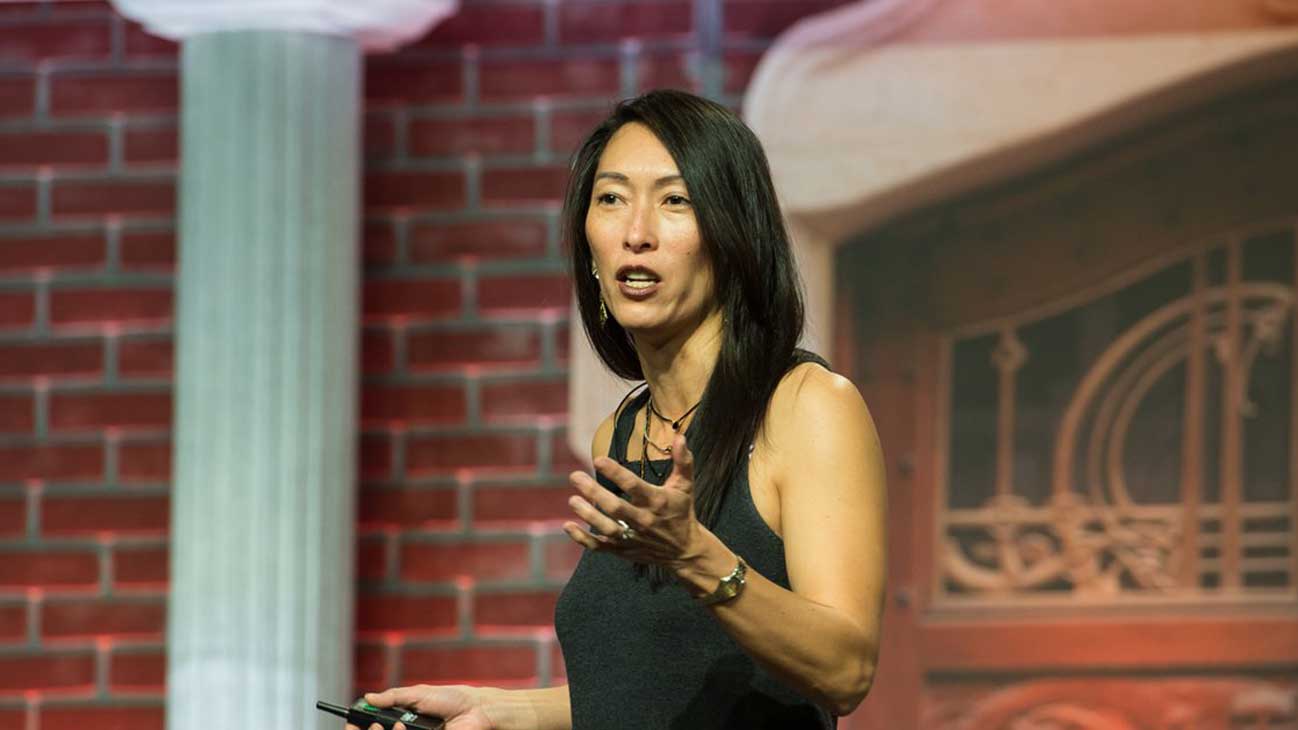Denise Lee Yohn is a leading authority on building and positioning exceptional brands. She inspires, informs, and instructs businesses with a completely different way of thinking, blending a fresh perspective and twenty-five years of experience working with world-class brands including Sony and Frito-Lay. Her expertise in Quick Serve Restaurants landed her in QSR Magazine, where she talks about how to create outstanding customer experiences:
Q: In a recent column you contrasted customer service and customer experience. I understand the difference now, but how should I work on my customer experience?
A: So glad you asked! Customer experience is the new battlefield where the war for customers’ dollars and devotion is fought. And yet so many organizations struggle to understand and manage customer experience appropriately.
You start by making sure you use a complete, correct definition of customer experience. As I explained before, customer experience is the sum of all interactions a customer has with a company. Customer service, the delivery of service to customers before, during, and after a purchase, is only one aspect of the entire customer experience. Developing great customer experiences also requires you to understand that we’re operating in a new reality today. Customers are educated and empowered. Given all the tools people now have at their disposal, it’s not uncommon for customers to know more about businesses than companies themselves do. This means the customer calls the shots.
Also in this context, people’s expectations are elevated. People are used to getting what they want where they want it, how they want it, and when they want it, and they now expect on-demand personalized service from all companies. And every customer now operates like a global media company; customer service problems no longer remain isolated individual issues, but are broadcast to all of their friends and followers.
All of this means that we need to design and deliver extraordinary customer experiences, or people will take their business elsewhere. Customer experiences should:
Be entertaining. People are fundamentally emotional beings, and we are drawn to brands that make us feel something. Consider how Trader Joe’s makes grocery shopping—normally a weekly, monotonous chore—so entertaining. From the fun shirts employees wear to the bell they use to let crew members know they need to open new checkout stands and the hand-painted signs and cute displays, all of these elements give the experience at Trader Joe’s a sense of exploration, discovery, and fun. Another grocer, H-E-B, uses wine tastings to add a festive flair to its experience, while shoppers at Wegmans delight when a model train sweeps by on a suspended track through its stores.
Be empathetic. Great customer experiences are built upon a deep understanding of what customers want and need. The airline Virgin America illustrates this dimension. Just like all companies owned by Richard Branson, Virgin America values challenging conventions for customers’ sakes. That’s why it designed its customer experiences to address the customers’ needs and wants that competitors overlook. For example, its boarding passes are designed to be folded and fit in your pocket, with all the important information visible and the type size large enough so you can actually read it at a glance. This is just one way Virgin designs empathetic experiences that give people what they really want and need.
Engage the senses. If your customer experiences engage the five human senses, you can increase your brand’s emotional appeal. The management at Starwood Hotels and Resorts knows how powerful the human senses can be, so they’ve created distinctive, patented smells for each of the company’s hotel brands. There’s a White Tea fragrance for Westin and a signature lemon zest scent for W Hotels. The scents are part of the company’s comprehensive effort to make an emotional connection with guests and distinguish the hotels in a memorable way.
Execute with excellence. Great brands set high standards for themselves and they hold themselves to them. Consider how Chick-fil-A aims to provide a service level you’d expect to receive at finer establishments. When you thank an employee, the response you will always receive is “my pleasure” (not “no problem” or even “you’re welcome”). Employees roam the dining room offering to refill guests’ drinks and help carryout guests to their cars. They even fold down the corners of the toilet paper in the restrooms.
Embody the brand. Using your brand to design your customer experiences ensures you focus on the right things. Customer experience design and management isn’t about being anal and exhausting resources from chasing perfection in everything; it’s about being intentional and focusing your resources on the details that have the most impact. Take Shake Shack, for example. Its brand platform is grounded in hospitality, so everything it does is designed to deliver enlightened hospitality, including providing induction loops at its cash registers so that people who are hard of hearing can switch their hearing devices to a mode that enables them to hear the order taker better. It’s a way Shake Shack makes its restaurants more hospitable to those with hearing disabilities. The technology required a significant investment that only benefits a small portion of its guests, but it made sense for the Shake Shack brand.
When you deliver on all of these dimensions, you make your brand more differentiated. Your customer experience can highlight your unique brand attributes and convey a one-of-a-kind brand personality. You also increase customers’ value perception because you’re delivering beyond functionality of your product. When you design and manage extraordinary experiences, you win the battle and win customers over.

